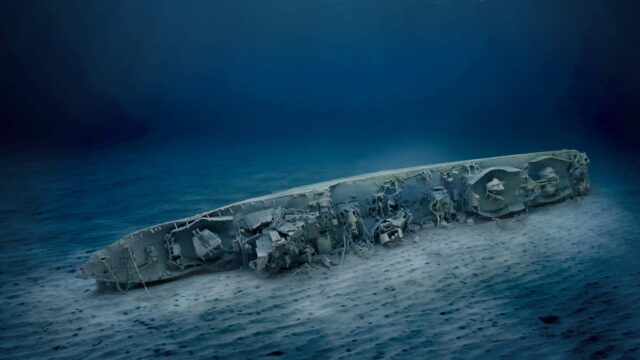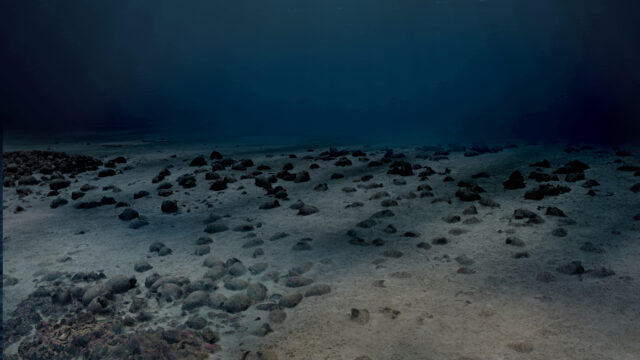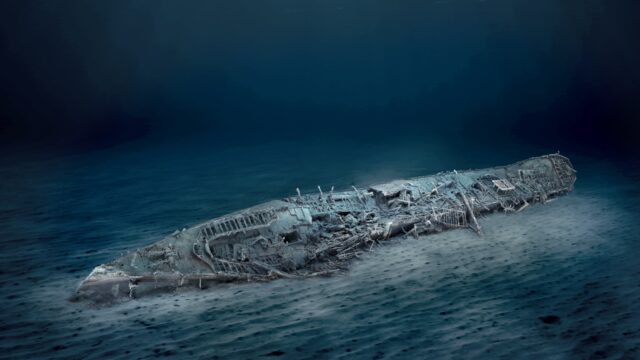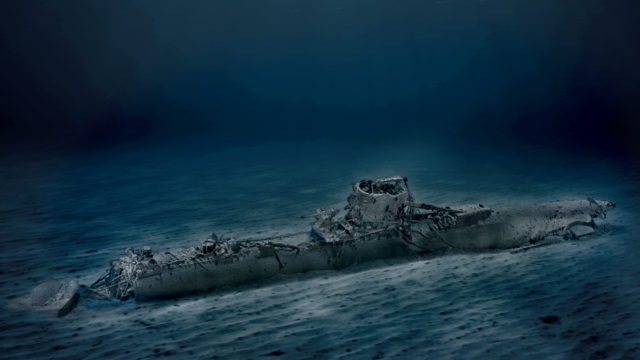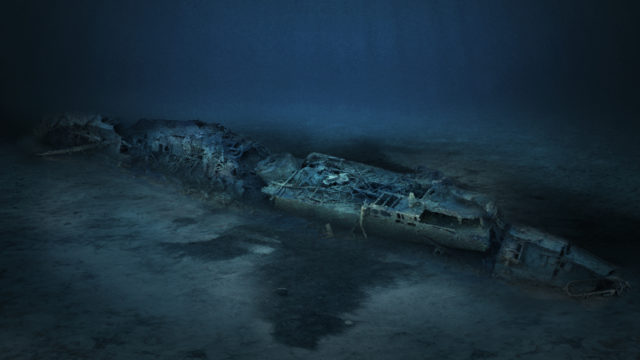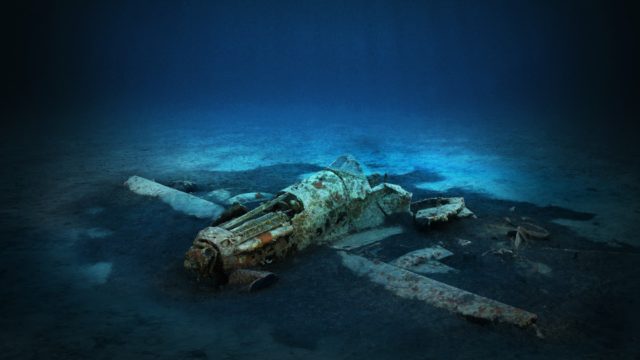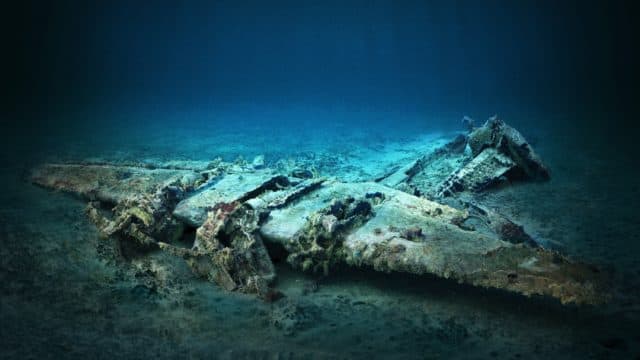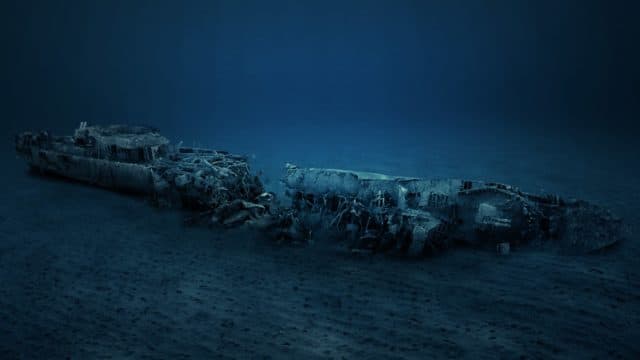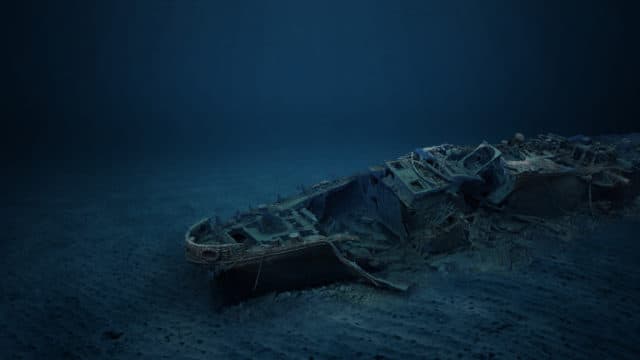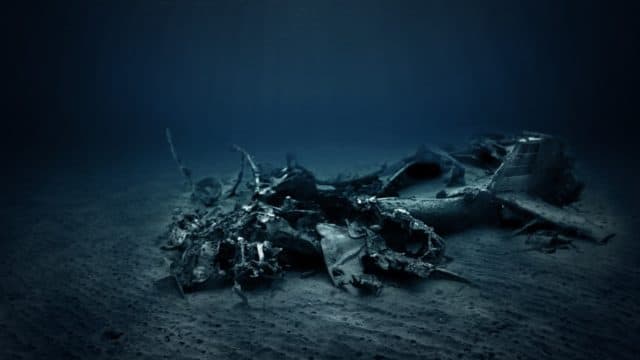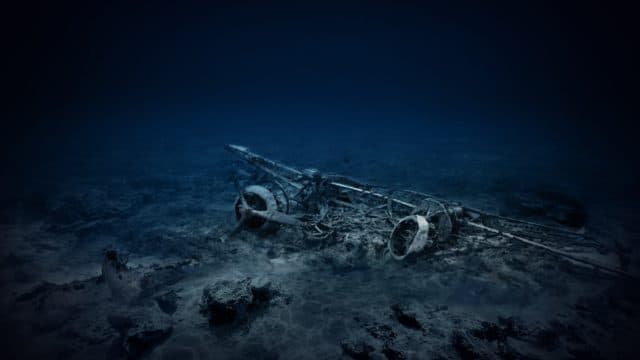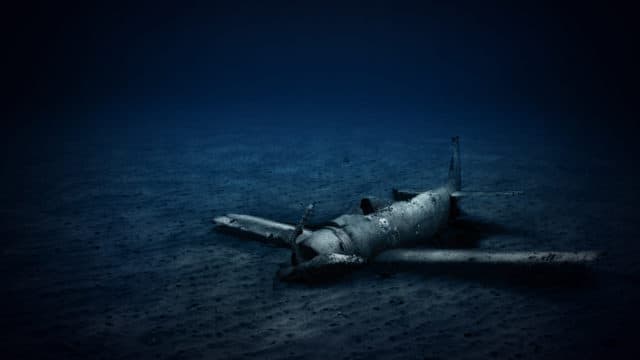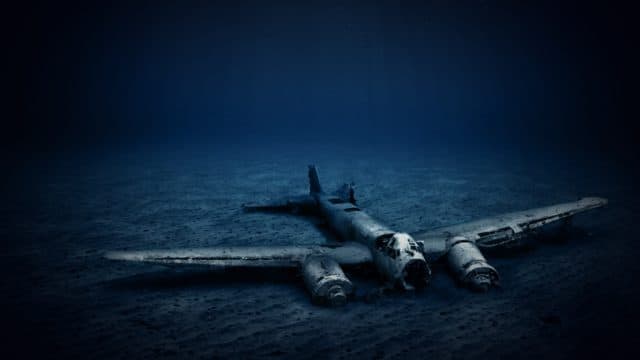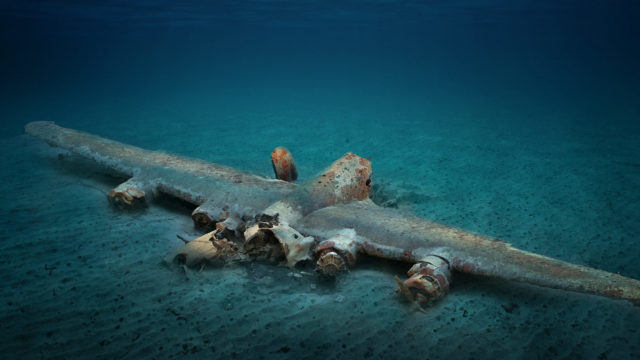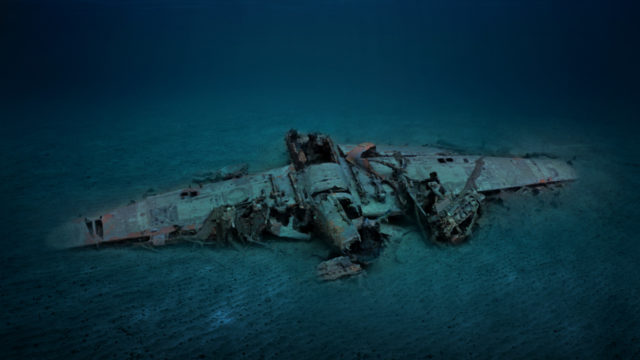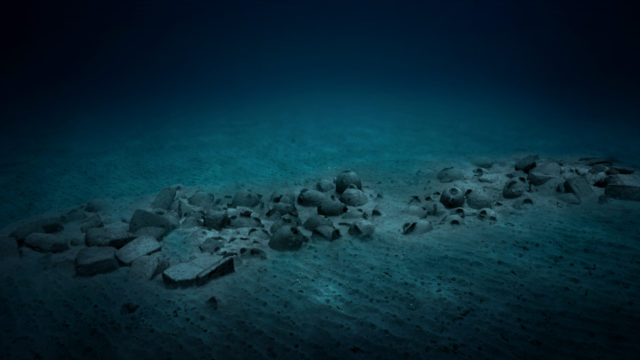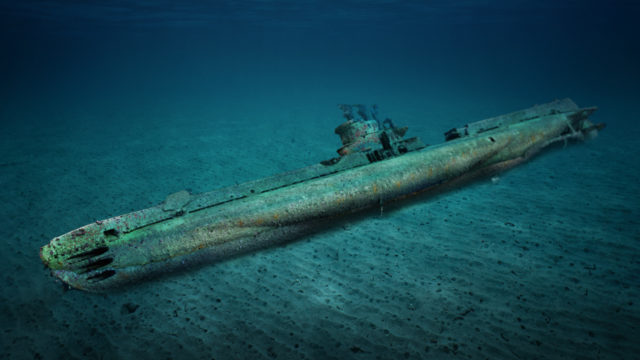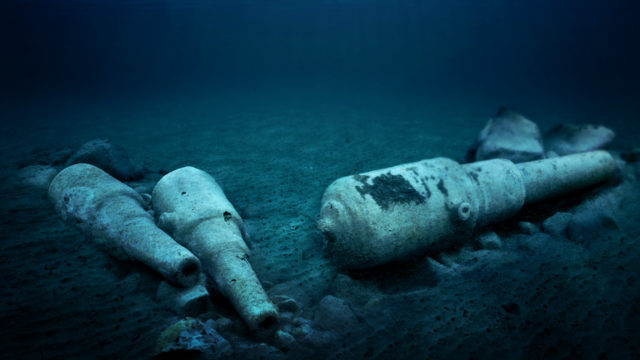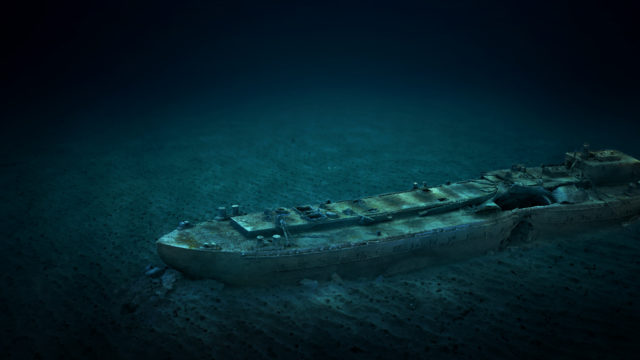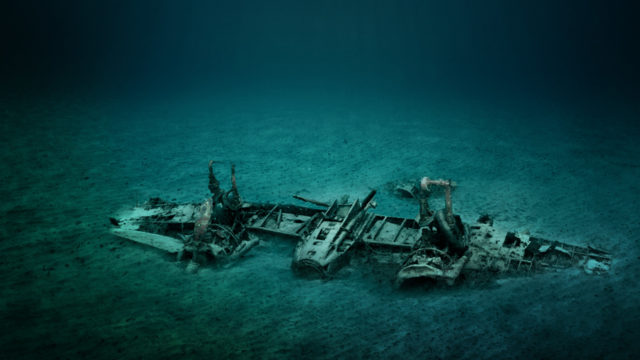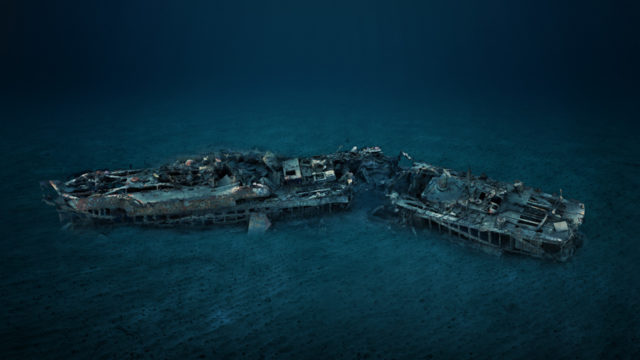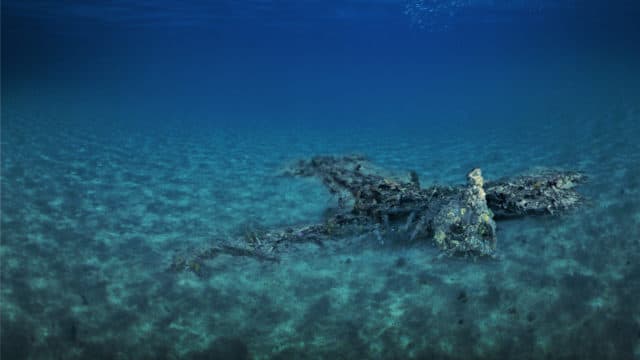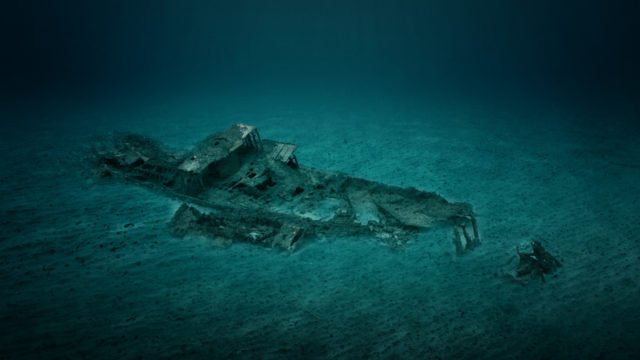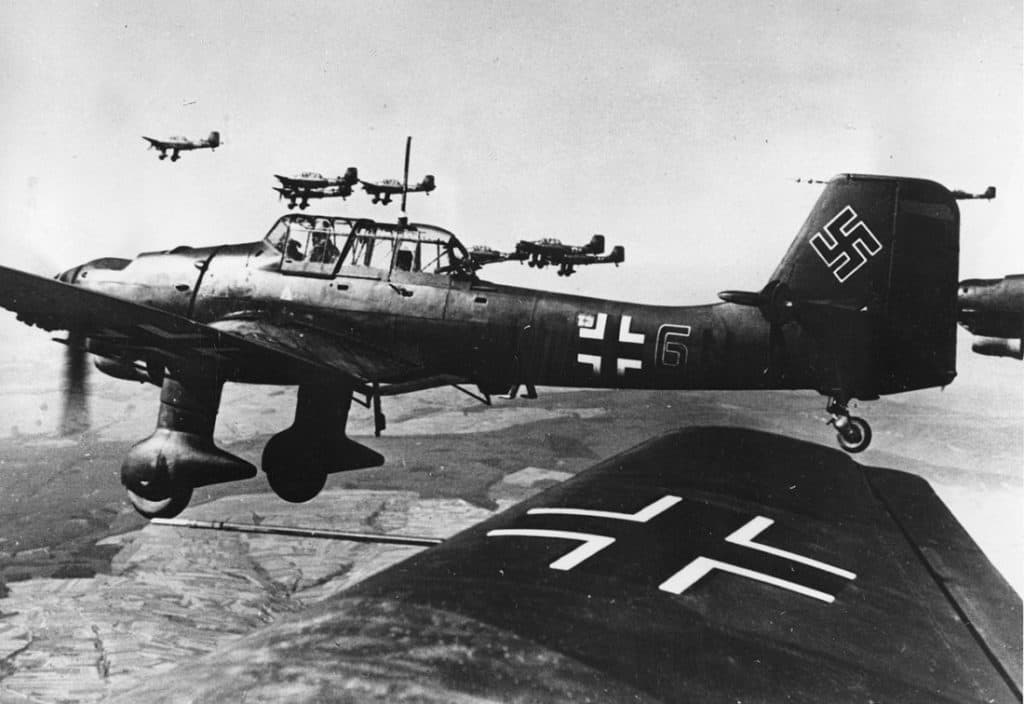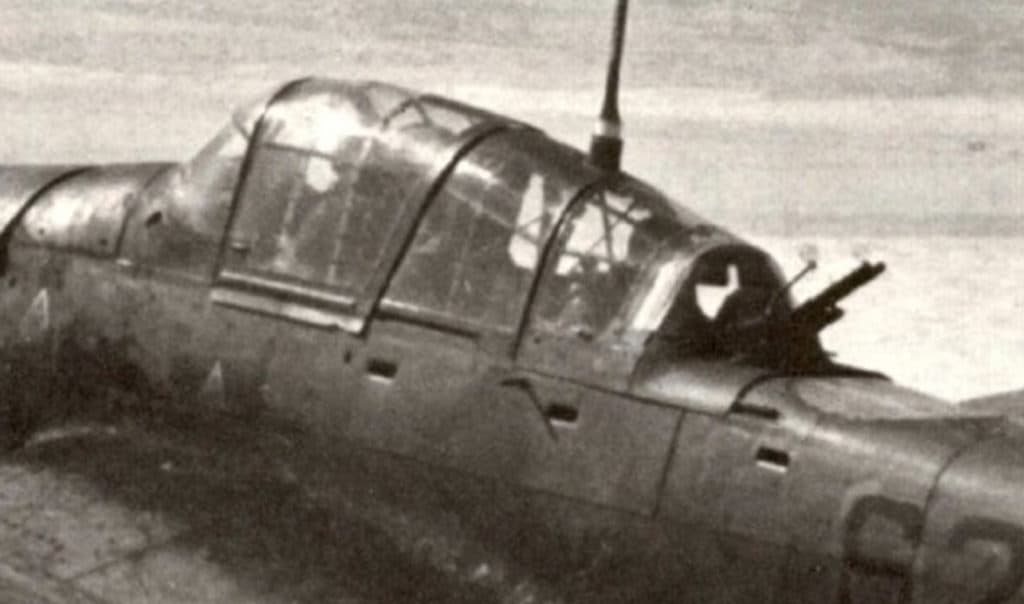Stuka – Ju87
Stuka – Ju87
The Stuka is infamous for its dive-bombing tactics, accompanied by the aircraft’s trademark “Jericho Trumpets” howl, a sound intended to maximise terror and today, a sound that is synonymous with the Second World War.
The Ju87 was a German dive-bomber and ground-attack aircraft that formed a crucial part of Axis air-ground offensive tactics. Popularly referred to as the ‘Stuka’, short for Sturzkampfflugzeug – dive-bomber, it was designed by Hermann Pohlmann and was first airborne in 1935, ironically powered by a Rolls Royce engine. The aircraft made its combat debut in the Spanish Civil War in 1937, already demonstrating the usefulness of its dive-bombing tactics. The Stuka dropped its first bombs during the invasion of Poland on 1 September 1939, and jettisoned the last bomb loads during the final Luftwaffe air-ground offensive on 4 May 1945.
The single-engine all-metal monoplane had a two-person crew, and was specifically designed as a dive-bomber. Dive tactics involved the aircraft diving on a target at a steep angle, often reaching 90-degrees, and jettisoning the bomb load at a low altitude, ensuring maximum accuracy. The Stuka spearheaded the Blitzkrieg of 1939-1941, having a pivotal role in the invasion of France and Germany’s air-ground offensive. The war waged on the Royal Navy’s Mediterranean Fleet was fronted by Stukas, with the blitz on the aircraft carrier HMS Illustrious off Malta announcing the arrival of the Luftwaffe in the Mediterranean and the beginning of the Siege of Malta.
Malta was introduced to the trademark howl of the Stuka in September 1940, when Italian Stukas, known as ‘Picchiatelli’, targeted first the Grand Harbour and later Delimara. These Italian led raids continued till the end of the year, and by January 1941 the Luftwaffe had also gathered a considerable number of front-line aircraft in Sicily. The blitz on the HMS Illustrious revealed the primary aim of Axis forces, to neutralise Malta as a Royal Navy base. The Stuka’s trademark howl arrived in Malta and for two years fronted the aerial onslaught on the island.
The Wreck.
The Stuka wreck was discovered in 2015 off the north-east coast of Malta during the Malta Shipwreck Survey Project. The aircraft was located using a side-scan sonar mounted on an Automated Underwater Vehicle (AUV), and was first filmed using a Remote Operated Vehicle (ROV). The site is located at a depth over 100 metres and was the subject of a recent National Geographic documentary entitled Buried Secrets of World War II.
The aircraft is badly damaged and seems to have hit the sea at terminal velocity. However, iconic features of the Stuka remain recognisable, including empennage and the ‘double-ended’ glass canopy. The fate of the Stuka’s crew is not known.
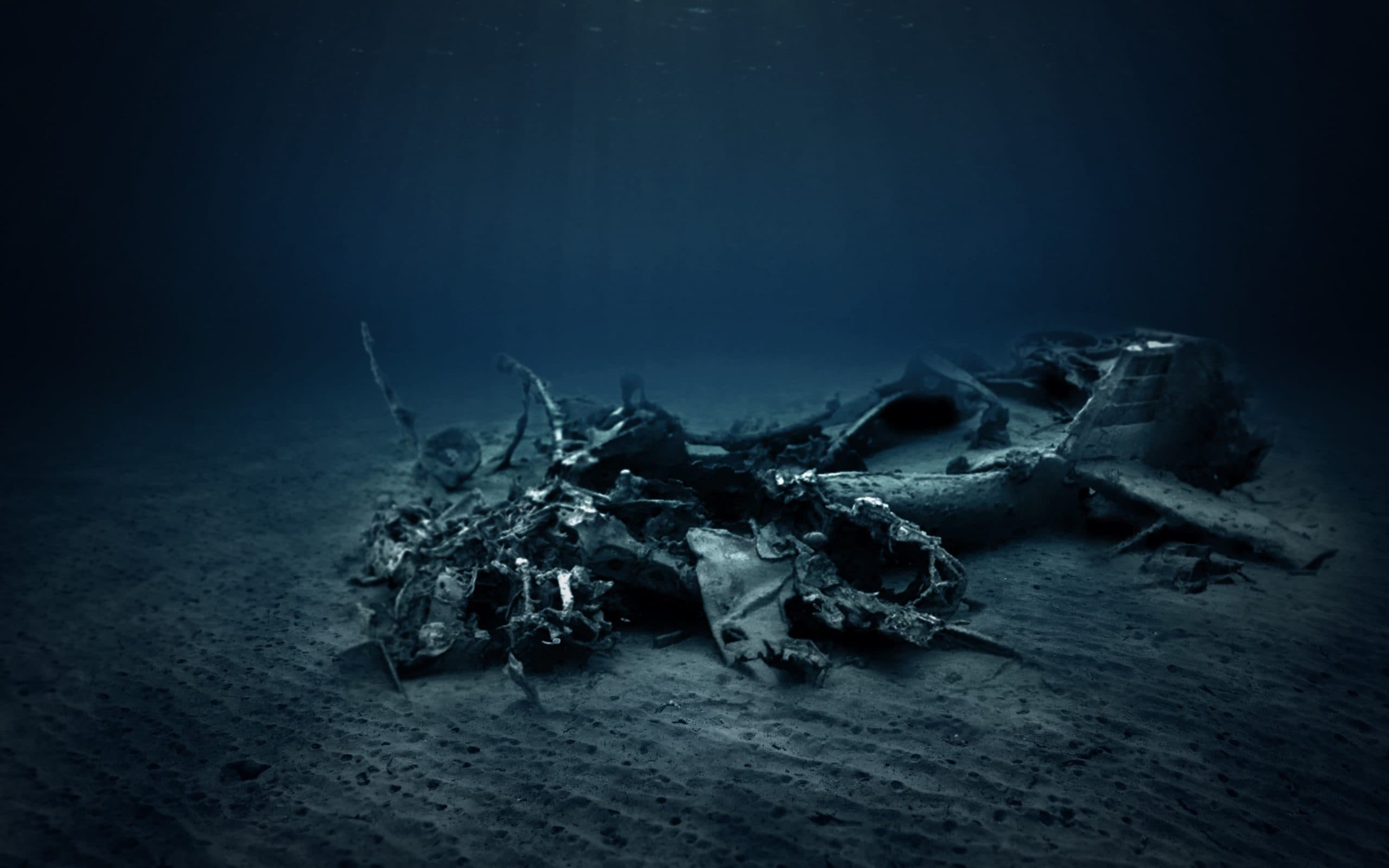
Rectangular tailplane
The early Stuka designs incorporated a twin tail configuration. During a test dive in 1936, the tail units were too weak, collapsing and leading to the crash of the aircraft and loss of the test pilot. This led to the introduction of a single vertical stabiliser tail design. The rectangular tailplane of this aircraft is clearly visible, attached to the main fuselage with a bracing strut, also noticeable.
‘Double-ended' Canopy
Lying on the port side of the wreck is the aircraft’s double-ended canopy, complete with the radio antenna still in-situ. The four-piece canopy was divided into two sections, each sliding open and also featuring emergency jettisoning capabilities. The right-hand canopy window often had angle lines etched in red, allowing the pilot to match dive angles. The canopy provided excellent visibility to the two-person crew, sitting back-to-back and protected by armour plating.


